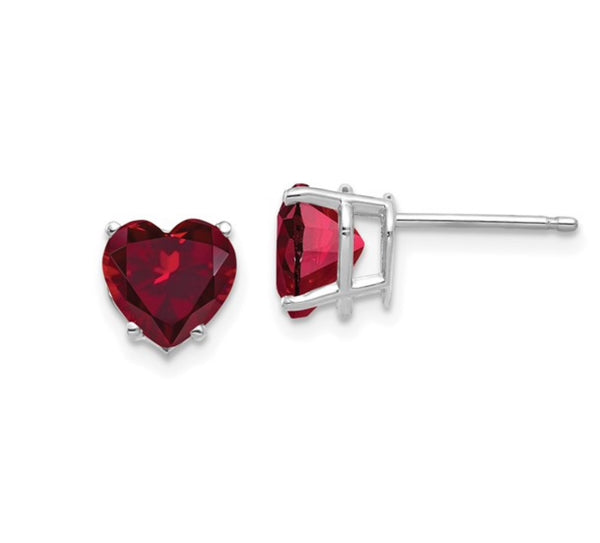
Tanzanite, a purplish blue zoisite, was discovered in the shadow of Mount Kilimanjaro in Tanzania, Africa, in the early 1960s. It hurtled from a curiosity to a retail bestseller. It’s popularity was due partly to its vivid color, which made it an affordable alternative to sapphire.
Tanzanite‘s public recognition have grown steadily, but there have been wide fluctuations in the gem’s supply and price level, due to Tanzania’s political, social and economic conditions. That country remains the only gem’s source and the outlook for long term availability is also doubtful.
Until 2014, the tanzanite market was dominated by the Merelani mine’s owner: TanzaniteOne, a publicly traded company and subsidiary of Richland Resources. However, in 2014, Richland sold its interest in the mine to a joint venture between the Tanzanian state mining corporation STAMICO and a private company called Sky Associates Group Ltd.
Although quantities are dwindling, the supply of commercial quality tanzanite has kept pace with demand. Supply of high quality, darker tanzanite are limited, while demand for these rich colors remains high. Some experts believe the supply of this unique gemstone might be depleted in the next decade and we might be the last generation to own tanzanite first hand.
The circumstances that led to formation of Tanzanite 585 million years ago were so exceptional that the likelihood of finding and sourcing it anywhere else on earth is one in a million.
Tanzanites are routinely heat treated to produce colors that include light to dark violet blue and bluish purple. Rich, deep hues are valued most, predominantly blue tanzanite is worth more per carat. While the trade considers the pure blue stones to be ‘top’ grade, some customers prefer lighter and more purplish colors.
Tanzanite typically shows strong pleochroism, which means it displays different colors from different directions.
It is a special care gem mainly for two reasons: sensitivity to thermal shock and the potential for cleavage. To protect your jewelry, please follow special care instructions.
Special care and cleaning.
DO NOT:
*store in direct sunlight, it can result in color loss and/or fracture
* get too close to the heat, sudden temperature change can cause fracturing
*wear it in swimming pool or jacuzzi
*spray perfume or hairspray on it
*use steam cleaning
DO:
*Clean with warm water and soap only
Ultrasonic cleaning usually safe, but risky if stone contains liquid inclusions

